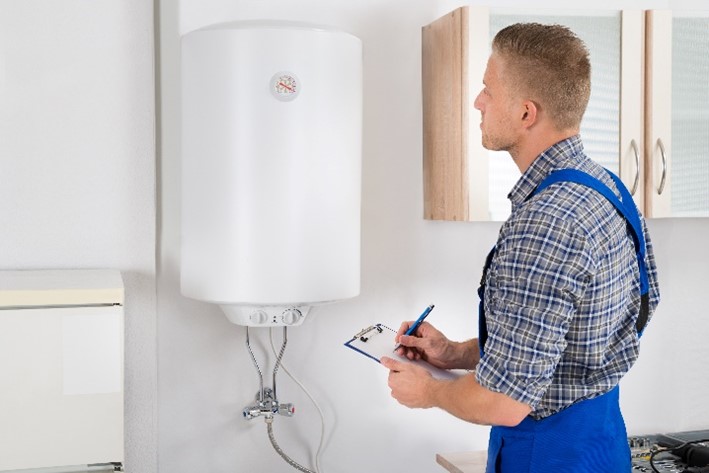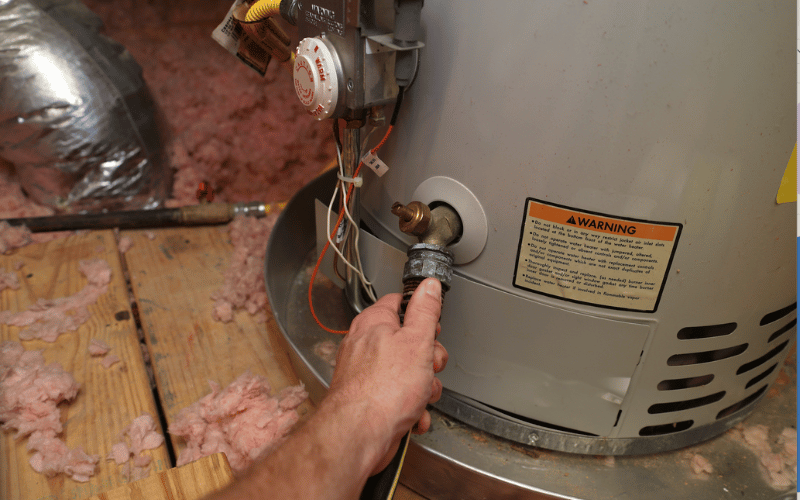Are you looking for resources on Tips on Maintaining a Water Heater?

Hot water is vital for everyday comfort, whether it's for a refreshing shower or washing dishes. To guarantee your warm water system runs effectively and lasts much longer, routine maintenance is vital. This post provides practical tips and insights on exactly how to keep your home's hot water system to prevent disturbances and costly repair work.
Intro
Keeping your home's warm water system might seem challenging, but with a few easy steps, you can ensure it operates smoothly for years ahead. This overview covers every little thing from recognizing your warm water system to do it yourself upkeep pointers and recognizing when to call in specialist aid.
Relevance of Preserving Your Hot Water System
Regular maintenance not only extends the lifespan of your warm water system yet additionally guarantees it runs effectively. Overlooking maintenance can lead to decreased efficiency, greater power costs, and also premature failure of the system.
Signs Your Hot Water System Demands Upkeep
Understanding when your hot water system needs focus can protect against significant problems. Watch out for indicators such as irregular water temperature level, unusual noises from the heater, or corroded water.
Recognizing Your Warm Water System
Before diving into upkeep tasks, it's helpful to recognize the standard elements of your hot water system. Typically, this consists of the water heater itself, pipelines, anode poles, and temperature level controls.
Month-to-month Maintenance Tasks
Regular regular monthly checks can help capture small issues prior to they intensify.
Flushing the Hot Water Heater
Flushing your water heater gets rid of sediment buildup, boosting effectiveness and prolonging its life.
Monitoring and Replacing Anode Rods
Anode poles stop corrosion inside the container. Checking and changing them when worn is crucial.
Examining and Adjusting Temperature Level Settings
Readjusting the temperature level settings guarantees ideal performance and security.
Do It Yourself Tips for Maintenance
You can do several upkeep tasks on your own to keep your warm water system in top problem.
Looking for Leaks
Regularly check pipes and links for leaks, as these can cause water damage and greater bills.
Evaluating Stress Alleviation Valves
Testing the pressure relief valve guarantees it operates correctly and stops too much stress buildup.
Protecting Pipelines
Shielding hot water pipes minimizes warmth loss and can save energy.
When to Call an Expert
While do it yourself upkeep is beneficial, some problems need specialist expertise.
Complex Issues Needing Specialist Help
Instances consist of major leakages, electric problems, or if your water heater is continually underperforming.
Routine Expert Upkeep Benefits
Professional maintenance can consist of detailed examinations, tune-ups, and guaranteeing compliance with security criteria.
Verdict
Regular maintenance of your home's warm water system is important for effectiveness, long life, and price savings. By following these tips and understanding when to look for specialist aid, you can ensure a reputable supply of warm water without unforeseen interruptions.
How to Maintain an Instant Hot Water Heater
Before tinkering with your hot water heater, make sure that it’s not powered on. You also have to turn off the main circuit breaker and shut off the main gas line to prevent accidents. Also turn off the water valves connected to your unit to prevent water from flowing into and out of the appliance. 2. When you’re done, you have to detach the purge valves’ caps. These look like the letter “T” and are situated on either side of the water valves. Doing so will release any pressure that has accumulated inside the valves while at the same time avoid hot water from shooting out and burning your skin. 3. When the purge valves’ caps are removed, you have to connect your hosing lines to the valves. Your unit should have come with three hoses but if it didn’t, you can purchase these things from any hardware or home repair shops. You can also get them from retail stores that sell water heating systems. Read the user’s manual and follow it to complete this task properly. When the hosing lines are connected, open the purge port’s valves. 4. You should never use harsh chemical cleaners or solutions when cleaning your unit. Make use of white vinegar instead. It should be undiluted and you’ll probably use about 2 gallons. 5. Now flush your water heater. This task should probably take about 40 minutes. We can’t give you specific directions for this because the procedure is carried out depending on the type, model and brand of your heater. With that being said, refer to the user’s manual. 6. When you’re done draining the unit, you have to turn off the purge port valves again. Remove the hosing lines that you earlier installed on each of the water valves. Put the valve caps (purge port) back in their respective places and be very careful so as not to damage the rubber discs that are found inside these caps. 7. Now that everything’s back in place, check your user’s manual again to find out how to reactivate your water heating system. 8. Once it is working, turn one of your hot water faucets on just to let air pass through the heater’s water supply pipes. Leave the tap on until water flows smoothly out of it. https://www.orrplumbing.com/blog/2014/september/how-to-maintain-an-instant-hot-water-heater/

We were made aware of that report about Tips on Maintaining a Water Heater through someone on another domain. Do you know someone else who is enthusiastic about the topic? Do not hesitate to share it. I appreciate your readership.
Schedule Free Estimate